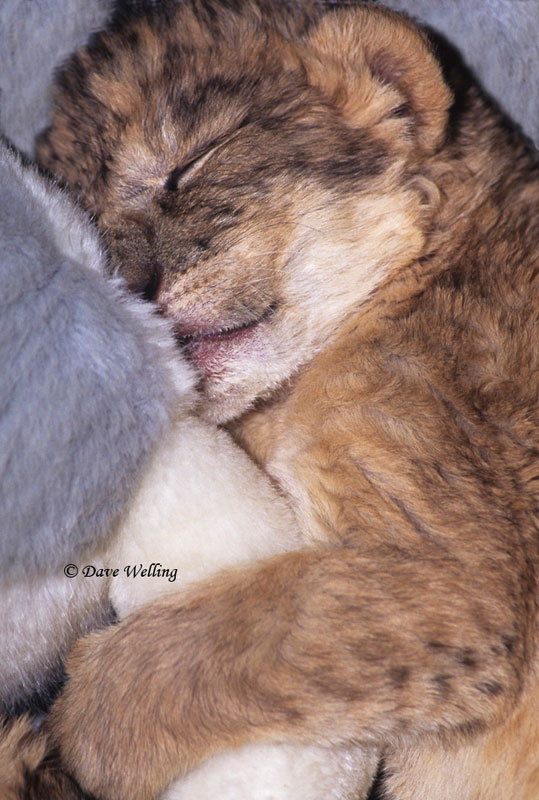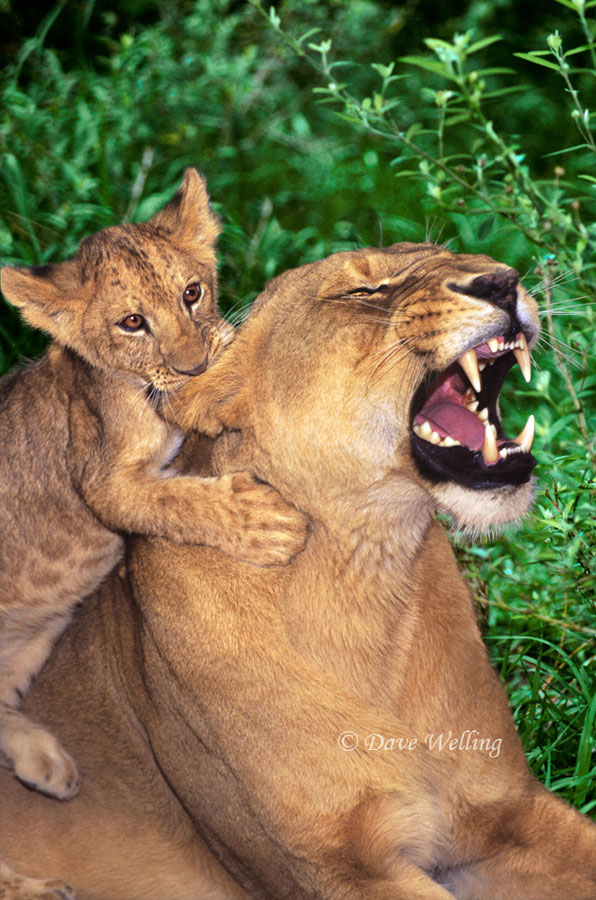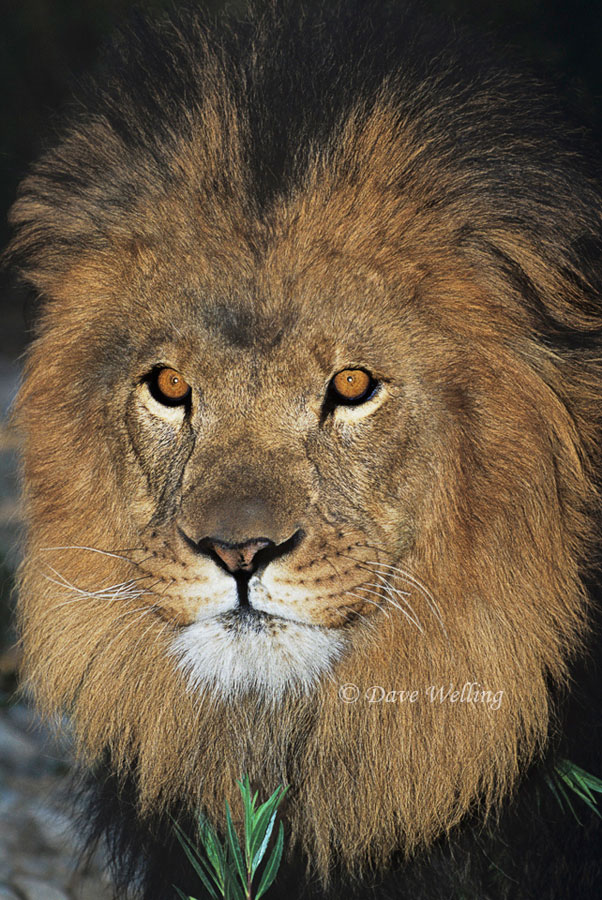One of the most rewarding things you can do as a wildlife photographer is use your skills and camera gear to “give something back” to the community or the wild animals you photograph. There are thousands of wildlife rescue facilities and rehabilitators around the country that would love to have documentation of the animals they rescue and/or release back to the wild. Your images of these animals can also be used to generate desperately needed funds to continue doing the work they do.
Check your local area and you will find someone more than willing to let you photograph their work and the animals in exchange for using your images in public education and fundraising. I have volunteered since 1987at a wildlife rescue facility near my home and have continuously documented the animals that found a home there or were nursed back to health and released. These images, and the stories behind them, resulted in a coffee-table format book used for education and fundraising by the organization and is a great tool for my use in developing image clients for my nature photography business.
These images show the development of an African lion born at the facility. He was born to a lion being held for a pending animal cruelty case. The case was eventually finalized and the lion, along with 26 other lions also confiscated from the same facility, were given a permanent home at the rescue facility.
When you first begin photographing at a facility there is a tendency to blast away at everything (which may not be a bad). But this is not an effective way to approach this opportunity. Formulate a plan that lays out a structure of what your images need to say to be effective. In this case, I wanted to start the photo essay with the beginning for the aptly named Leo. Under controlled conditions in the nursery, I was able to photograph the “king of beasts” when he was a mere three days old. Here, I had to move carefully and was forced to hand hold my equipment. A small amount of fill flash helped light up the cub without disturbing it and a zoom lens was critical for proper cropping.
Let your subject grow up a bit between photo sessions so you don’t abuse the privilege of photographing it and you can show actual development between your images. Most wild animals grow very fast, so you typically wait a few weeks (at most) for your next photo essay entries. In the second image, Leo is now almost two months old and has become a handful for mom, as you can see. I added a few more points in Leo’s development; and, after about 22 months, photographed him as a magnificent adult. He really grew into his name!
To do this successfully, you will need to adapt to the ways of the animal. Learn to follow him/her around, at a respectful, safe distance. Be ready to capture quick action or unique traits as they occur. Remember to concentrate on keeping the eyes in focus. To really polish your reaction timing you will need to learn to work with your camera gear hand-held. All of these skills will benefit you immensely in the field when you go out to photograph animals in the wild.
About the author: Dave Welling is a full time professional photographer specializing in wildlife, landscape and nature with over 75,000 6×7, 6×4.5, and 35mm film and digital images. He has been capturing evocative images of the natural world for over 25 years, producing the highest quality images for publication. His images often capture unique behavioral characteristics of wildlife or special lighting or weather conditions of landscapes. You can see more of his work at www.strikingnatureimagesbydavewelling.com.
Have something to add to the story? Leave a comment or email editor@outdoorphotographyguide.com.



Very nice; short, pertinent, concise, educational.
Great, what patience
Awesome post!